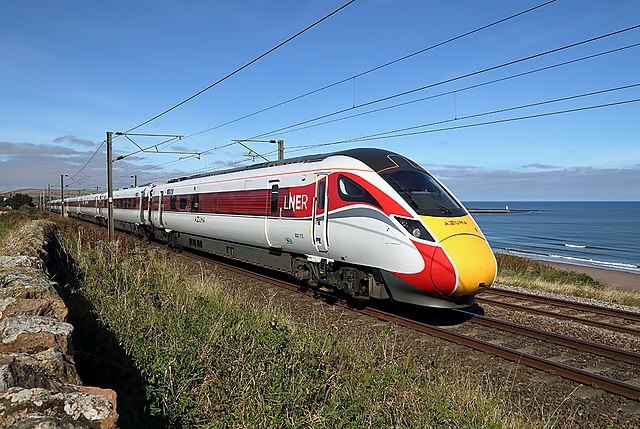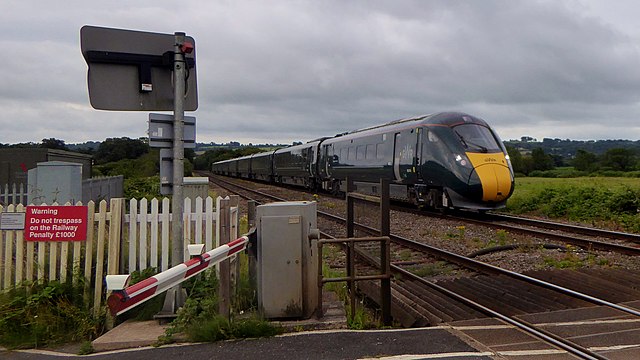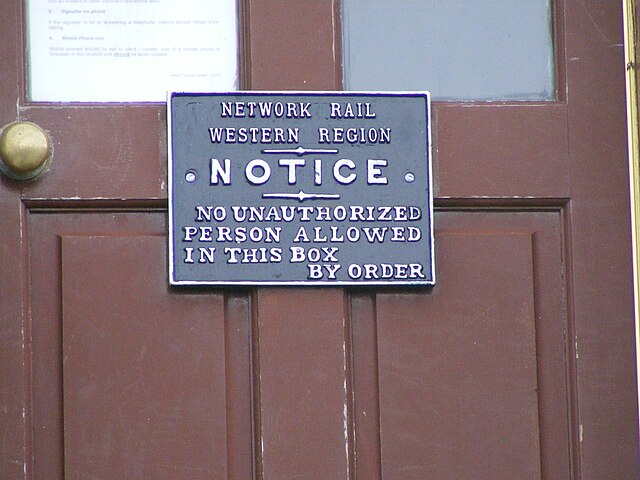Rail transport in Great Britain
The railway system in Great Britain is the oldest railway system in the world. The first locomotive-hauled public railway opened in 1825, which was followed by an era of rapid expansion. Most of the track is managed by Network Rail, which in 2017 had a network of 9,824 miles (15,811 km) of standard-gauge lines, of which 3,339 miles (5,374 km) were electrified. In addition, some cities have separate metro, light rail and tram systems, among them the historic London Underground and the Glasgow Subway. There are also many private railways, some of them narrow-gauge, which are primarily short lines for tourists. The main rail network is connected with that of continental Europe by the Channel Tunnel and High Speed 1, opened in 1994 and 2007 respectively.
Trains at London Paddington, one of Great Britain's busiest stations
An LNER Class 800 Azuma train on the East Coast Main Line in Northumberland
A GWR Class 800 Intercity Express Train on service from London Paddington station to Swansea
Two TransPennine Express Class 802 Nova 1 units passing through North Yorkshiresaid
Network Rail Limited is the owner and infrastructure manager of most of the railway network in Great Britain. Network Rail is a non-departmental public body of the Department for Transport with no shareholders, which reinvests its income in the railways.
Blackfriars Railway Bridge with photo-voltaic roof panels
Sign showing the Network Rail name on the signal box at Ledbury.
Royal Albert Bridge after refurbishment by Network Rail
Network Rail's Coventry leadership development centre, Westwood.








